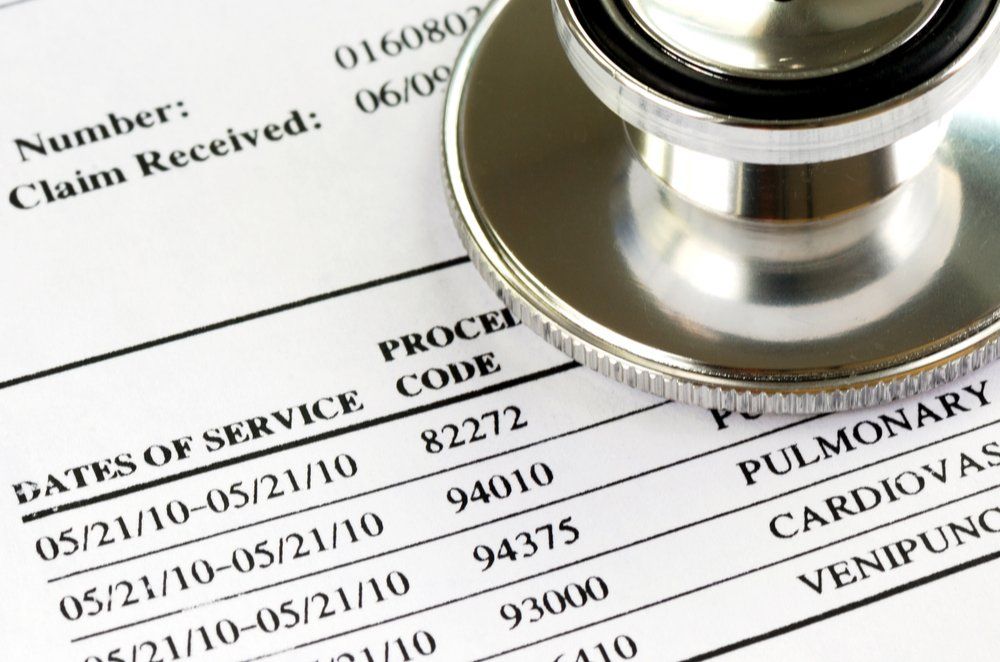Coding for preventive care and chronic care management
Coding expert Bill Dacey clears up some confusion about split billing and combination visits.
John Kwan/Shutterstock

Q: I recently read an article about split billing, or when you can bill a preventive code and a problem-oriented evaluation and management (E/M) code (99201-99215) in the same visit.
The author stated that for chronic disease follow-up at such a visit:
“[I]f those conditions are stable and don’t need significant work to address, they would be bundled into the work for the preventive medicine code (99381-99397). Refilling medications and ordering labs for stable chronic conditions are included in the preventive visit. Per the guidelines, this isn’t considered significant additional work.”
Is this true? All of our commercial and governmental payers reimburse us for our combination visits, and we believe we are providing good, medically necessary care for chronic problems that are quite separate from the preventive component.
A: The article that you reference contains some incorrect information, and you have quoted the most significant. There is absolutely no authoritative documentation from CMS or the American Medical Association (AMA) stating that medication management, including refilling or just continuing the same medications, is included in preventive services.
The preventive codes simply do not have any reference to problem management in their code descriptions. Furthermore, the idea that chronic problem management is somehow diminished unless medications are changed is naïve.
The AMA owns the CPT codes and therefore gets to define them. The paragraph referred to in the subsection guidance for preventive service has been unchanged for more than 20 years. It clearly says:
“If an abnormality is encountered or a pre-existing problem is addressed in the process of performing this preventive medicine E/M service, and if the problem or abnormality is significant enough to require additional work to perform the key components of a problem-oriented E/M service, then the appropriate Office/Outpatient code 99201-99215 should also be reported.”
This is not debatable.
CMS also says the same thing with reference to modifier -25.
The author of that article and others in the coding community seem to think that if the patient has a stable chronic problem(s) without current acute symptomology or complaints, that it is to be regarded as an insignificant problem. But stable does not equate to insignificant.
The paragraph in CPT states:
“[A]n insignificant or trivial problem/abnormality that is encountered in the process of performing the preventive medicine E/M and which does not require additional work and the performance of the key components of a problem-oriented E/M service should not be reported.”
The key words here are performance of the key components of a problem-oriented E/M service. It’s worth noting that CPT does not say whether a problem can ultimately be described as especially consequential.
A chronic problem requires periodic assessment and management precisely so that it does not progress, become exacerbated or worsen in some way. The fact that a problem is chronic does not minimize it.
Physicians need to chart the current status of chronic problems in the history of present illness (HPI) along with a little review of symptoms (ROS) and address each chronic problem separately in the assessment and plan area (A/P) while writing the goals of treatment and whether to continue or adjust meds, check labs and so forth. By doing so, you have performed and documented the key components of an E/M. The provider has the medicolegal responsibility for managing patients’ problems and meds above and beyond any preventive services.
If you have the liability, then you should get the paycheck as well. If problem management - even a well-managed problem - was bundled into prevention, then there would be no split billing. Payers simply wouldn’t pay.
The work is separate. The note should show the separate work, and modifier 25 signals the separate work. Providers should be paid both for helping patients with responsible chronic disease follow-up and preventive services.
Bill Dacey, MHA, MBA, CPC-I is principal in The Dacey Group, Inc., a consulting firm dedicated to coding, documentation and compliance concerns for physicians. Bill is an evaluation and management (E/M) coding expert and has been active in physician training for more than 25 years. He can be reached at billdacey@msn.com
Newsletter
Optimize your practice with the Physicians Practice newsletter, offering management pearls, leadership tips, and business strategies tailored for practice administrators and physicians of any specialty.